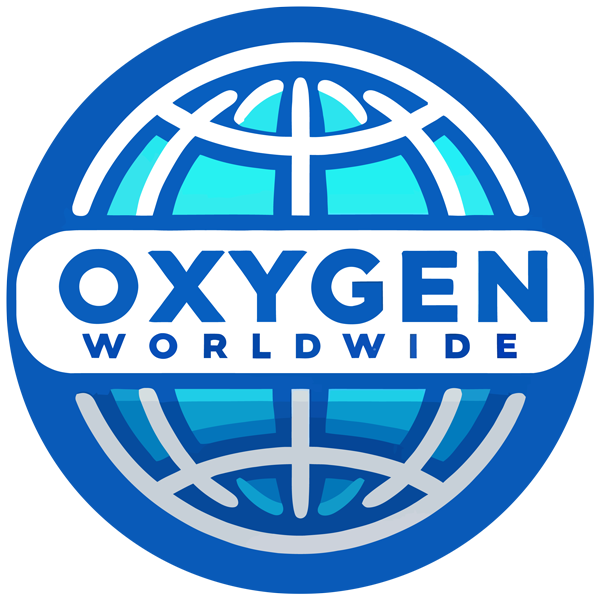Liquid oxygen (LOX) is a shining example of innovation in the field of oxygen therapy, providing numerous advantages to patients who need continuous respiratory assistance. Now let’s explore the many benefits liquid oxygen therapy offers medical oxygen users:
1. Mobility:
The lightweight and compact design of liquid oxygen systems makes them easy to transport and handle. Users may stay mobile and participate in a variety of activities because to this portability, which frees them from the burden of heavy equipment.
2. Extended Usage Period:
Unlike compressed gas cylinders, liquid oxygen systems have a larger oxygen capacity, allowing users to utilise them for longer periods of time between refills. This prolonged use is especially advantageous for those who need continuous oxygen therapy or for those who have higher oxygen flow requirements.
3. Constant Flow Provision:
Continuous flow oxygen delivery is provided by liquid oxygen systems, guaranteeing a consistent supply of oxygen to fulfil the user’s breathing needs. For those who need continuous oxygen supplementation—especially when they’re sleeping or relaxing—this feature is priceless.
4. Decreased Refill Frequency:
Compared to compressed gas cylinders, the requirement for fewer refills means less hassle and expense for users. Convenience is increased by this improvement in accessibility, particularly for those with restricted mobility or transportation alternatives.
5. Effective Storage
Liquid oxygen takes up very little space when stored at very low temperatures, making it ideal for storage in small containers. Liquid oxygen systems are suited for deployment in a variety of contexts, such as homes, hospitals, and healthcare facilities, due to their economical use of space.
6. Usability:
Because liquid oxygen systems have features that are easy to use, there is less of a learning curve for patients who are new to this type of therapy. Users feel more confident and independent when following recommended oxygen regimes because to intuitive controls and interfaces.
7. Steady Oxygen Quality:
High purity oxygen is delivered using liquid oxygen systems, guaranteeing that consumers get the oxygen they require free of pollutants or toxins. This dedication to purity promotes better respiratory health and general wellbeing.
8. Flexibility:
Liquid oxygen systems offer therapeutic alternatives that are versatile and can be used with a variety of oxygen delivery devices, such as masks, oxygen conservation devices, and nasal cannulas. Users can customise their oxygen regimen to suit their preferences thanks to this versatility.
9. Lower Chance of Oxygen Deficit:
Liquid oxygen systems have built-in safety procedures that reduce the possibility of oxygen depletion and guarantee continuous oxygen delivery. This safety element improves users’ safety and well-being by giving them confidence in the dependability of their oxygen supply.
10. A Higher Standard of Living:
Liquid oxygen systems improve medical oxygen users’ quality of life by offering a dependable and effective supply of oxygen therapy. Despite respiratory difficulties, users are better equipped to lead active and satisfying lives thanks to their increased independence, mobility, and comfort.
In summary, liquid oxygen therapy embodies a paradigm shift in oxygen delivery, offering a plethora of advantages for medical oxygen users.




